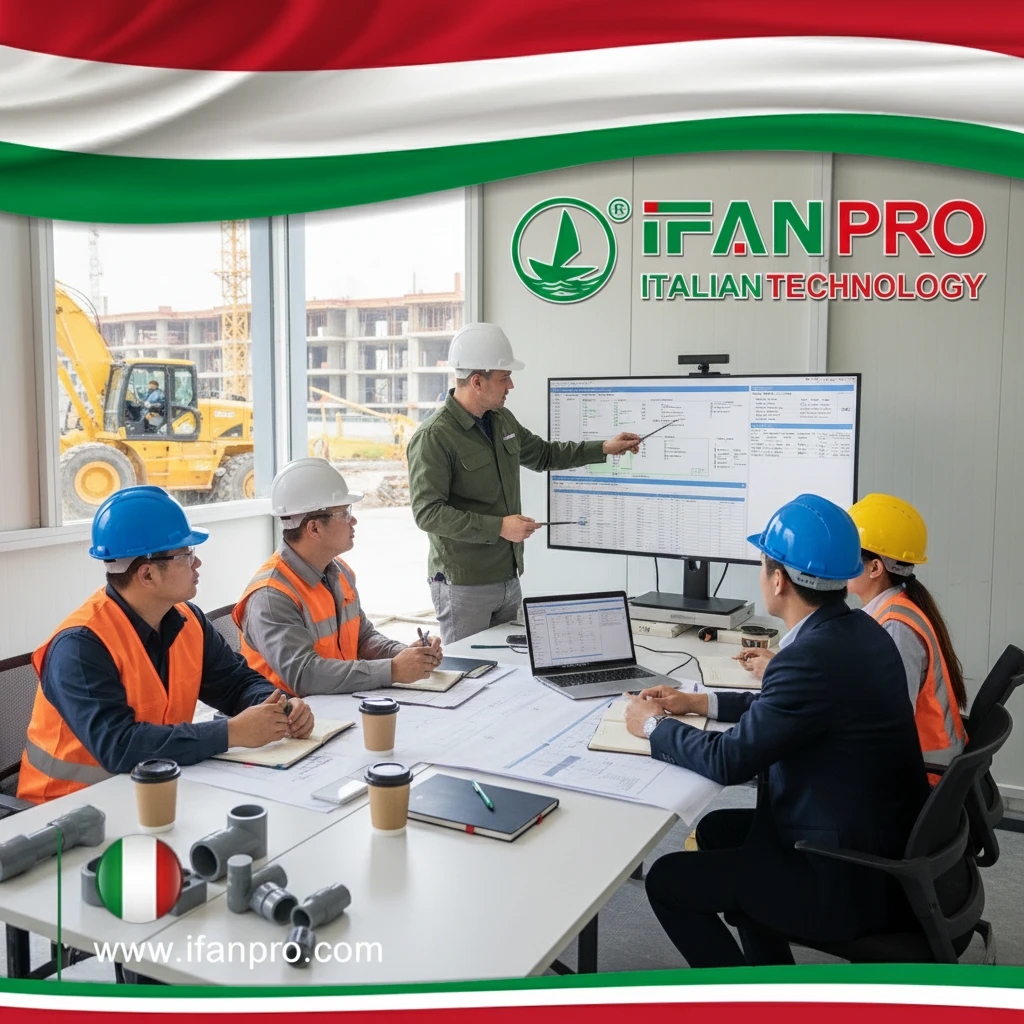Índice
隐藏
Introduction: The Significance of ASTM D2846 CPVC Pipe Fittings
- Begin by explaining what CPVC (Chlorinated Polyvinyl Chloride) is and its growing importance in various industries, such as plumbing, industrial applications, and construction.
- Highlight the role of ASTM D2846 standards in ensuring the quality and performance of CPVC pipe fittings. These standards set specific requirements for dimensions, material properties, and testing methods.
- Briefly introduce the concept of custom CPVC pipe fittings and how they can offer unique solutions to meet specific project needs. Mention that this blog will provide valuable insights for those looking to purchase custom ASTM D2846 CPVC pipe fittings.
Understanding ASTM D2846 Standards for CPVC Pipe Fittings
- Dive deeper into the ASTM D2846 standards. Explain the key aspects covered by these standards, such as the allowable pressure ratings, resistencia a la temperatura, and chemical compatibility of CPVC pipe fittings.
- Discuss how adhering to ASTM D2846 ensures that the pipe fittings are safe, reliable, and suitable for use in different environments. Provide examples of industries where compliance with these standards is crucial, like potable water systems or chemical processing facilities.
- Mention that when purchasing custom CPVC pipe fittings, it’s essential to work with a supplier who understands and adheres to these standards.
Benefits of Custom ASTM D2846 CPVC Pipe Fittings
- Tailored to Specific Requirements: Explain how custom fittings can be designed to fit unique system layouts, sizes, and connection types. For example, in a complex industrial piping system, custom fittings can help optimize the flow and reduce the need for multiple standard fittings.
- Enhanced Performance: Discuss how custom fittings can be engineered to improve performance in specific applications. This could include better resistance to high temperatures or corrosive substances based on the project’s needs.
- Relación coste-eficacia: While custom fittings may seem more expensive initially, they can lead to cost savings in the long run. By eliminating the need for excessive adapters or modifications to standard fittings, custom solutions can streamline installation and reduce costes de mantenimiento over time.
Factors to Consider When Purchasing Custom ASTM D2846 CPVC Pipe Fittings
- Supplier Reputation: Emphasize the importance of choosing a reputable supplier. Look for suppliers with a track record of delivering high-quality custom fittings and positive customer reviews. A reliable supplier will also have the necessary expertise and resources to meet your specific requirements.
- Material Quality: Ensure that the CPVC material used in the fittings meets or exceeds ASTM D2846 standards. Discuss the importance of using virgin CPVC material for optimal performance and durability.
- Design and Engineering Capabilities: A good supplier should have experienced designers and engineers who can work with you to create the best custom solution. They should be able to provide detailed drawings and specifications for your approval before production.
- Production Capacity and Lead Times: Consider the supplier’s production capacity and lead times. If you have a tight project schedule, it’s important to work with a supplier who can deliver the custom fittings within the required timeframe.

The Customization Process for ASTM D2846 CPVC Pipe Fittings
- Initial Consultation: Explain that the process typically starts with an initial consultation with the supplier. During this stage, you’ll discuss your project requirements, including the application, dimensions, and any special features needed.
- Design and Prototyping: After the consultation, the supplier’s design team will create a custom design for the fittings. In some cases, they may also create a prototype for you to review and test before mass production.
- Production and Quality Control: Once the design is approved, the fittings will go into production. Highlight the importance of quality control measures throughout the production process to ensure that the fittings meet ASTM D2846 standards.
- Delivery and Installation: Discuss the final steps of the process, including delivery of the fittings to your site and installation. Provide tips on proper installation practices to ensure the fittings perform optimally.
Case Studies: Successful Implementations of Custom ASTM D2846 CPVC Pipe Fittings
- Share real-life examples of projects where custom CPVC pipe fittings were used successfully. Describe the challenges faced in each project and how the custom fittings provided a solution.
- Include details such as the industry, application, and the specific benefits achieved, like improved efficiency, reduced maintenance, or enhanced safety. These case studies can help potential buyers understand the practical value of custom ASTM D2846 CPVC pipe fittings.
Conclusion: Making the Right Choice for Your CPVC Pipe Fitting Needs
- Summarize the key points covered in the blog, emphasizing the importance of ASTM D2846 standards, the benefits of custom fittings, and the factors to consider when purchasing.
- Encourage readers to take action, such as contacting a reputable supplier for a quote or further information. Provide a clear call-to-action, like visiting a website or filling out a contact form, to make it easy for readers to get in touch.














Comentarios recientes